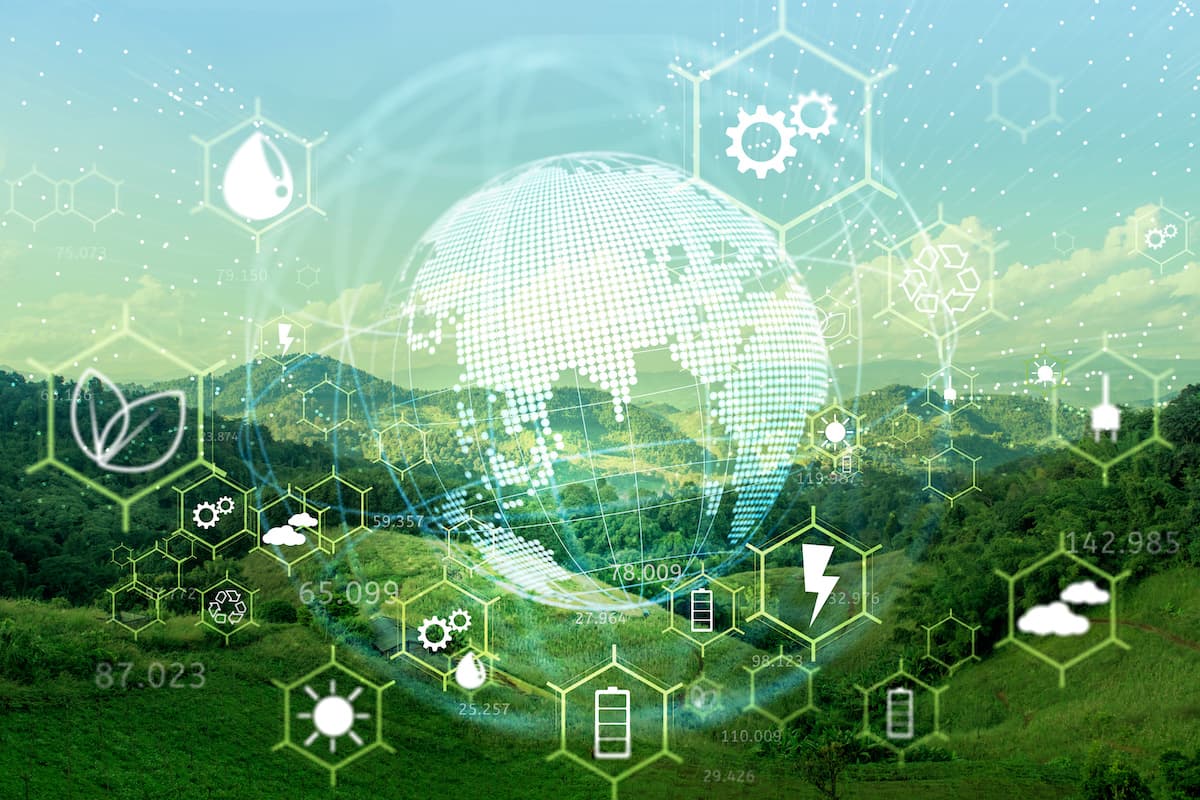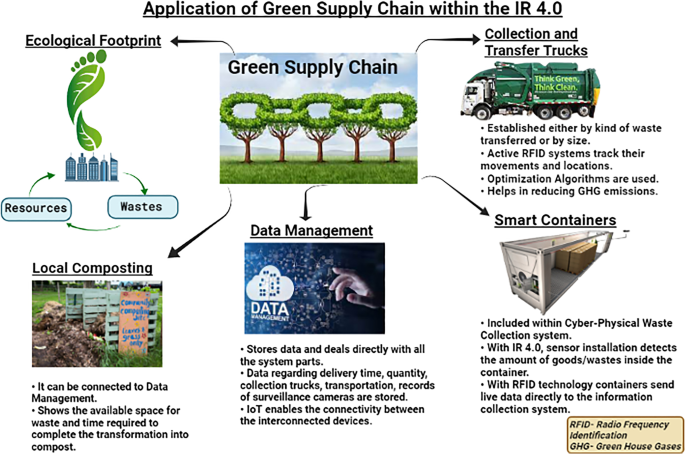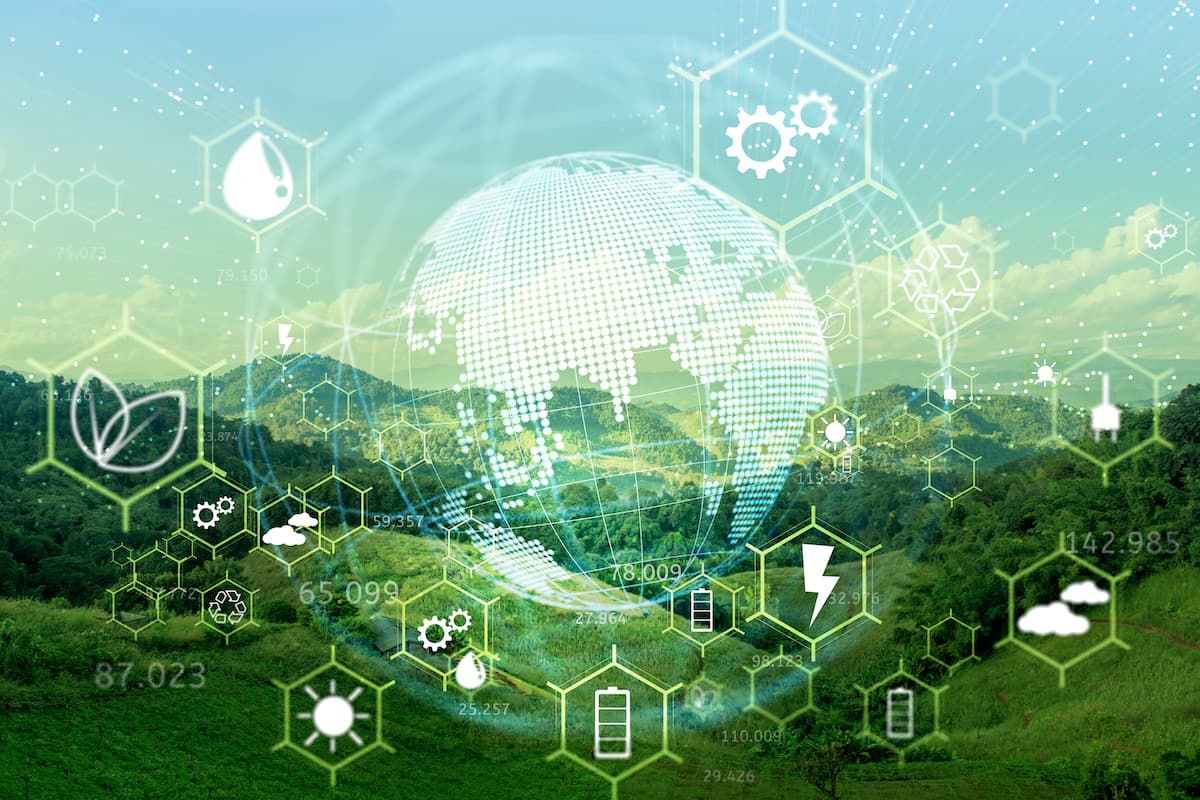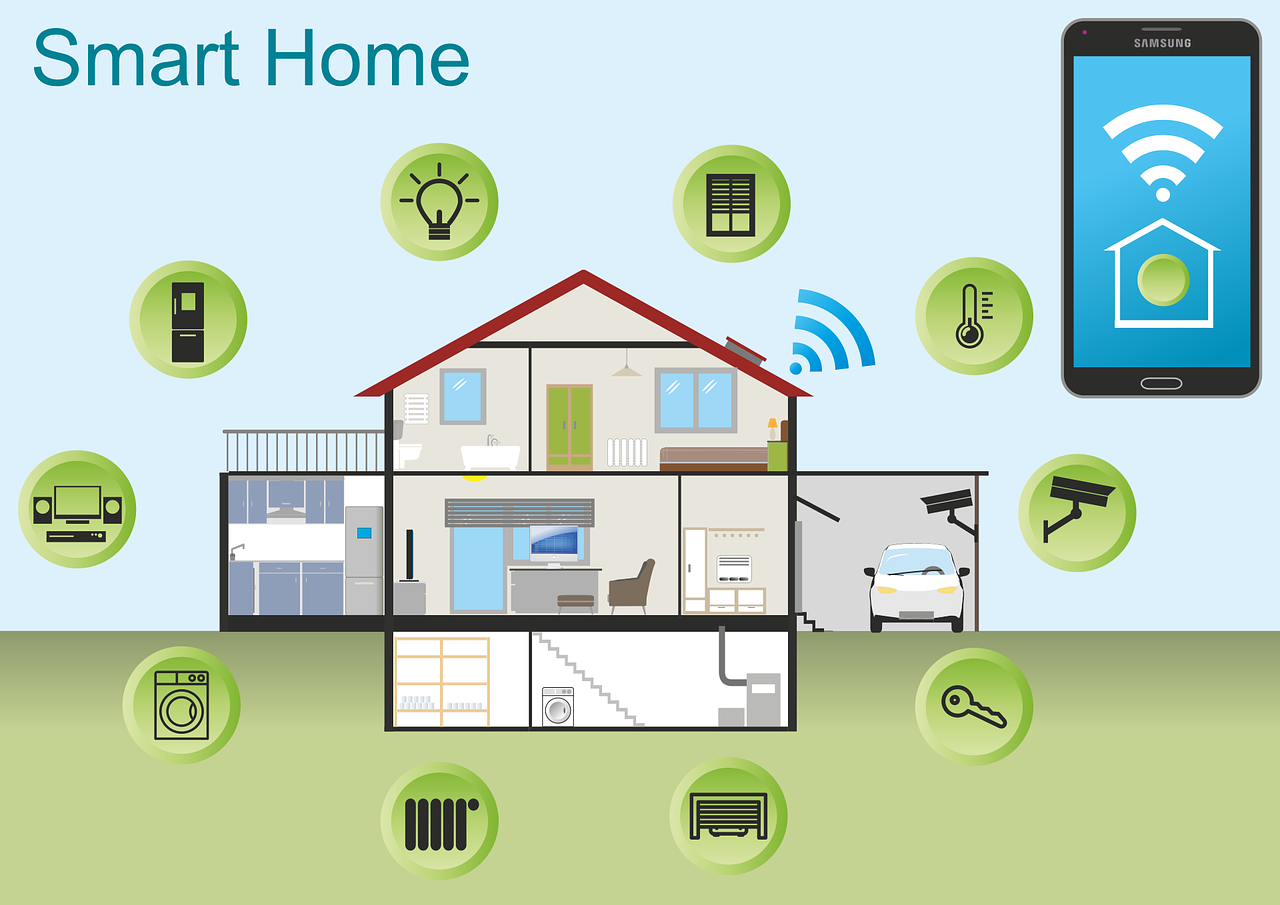Drones and aerial technology have come a long way in recent years, and the pace of innovation shows no signs of slowing down. With new advancements in both hardware and software, drones are being used in an ever-expanding range of applications. In this blog post, we’ll explore some of the latest developments in drone and aerial technology.
1. Increased Range and Endurance
One of the most significant developments in drone technology is the increase in range and endurance. Drone manufacturers are continually pushing the boundaries of what’s possible, and we’re now seeing drones that can fly for hours on a single charge and cover distances of several miles.
2. Advanced Sensors and Cameras
Another major development in aerial technology is the advancement of sensors and cameras. Modern drones are equipped with high-quality sensors and cameras that can capture detailed aerial imagery and data. This has made drones an essential tool for a wide range of applications, including agriculture, surveying, and even search and rescue operations.
3. Improved Safety Features
As drones become more common, safety concerns have become more significant. Fortunately, manufacturers are responding with new and improved safety features. Some drones now include obstacle detection and avoidance systems, which can prevent accidents and collisions. Other safety features include automatic return-to-home functions and geofencing, which can prevent drones from flying into restricted areas.
4. Enhanced Data Processing and Analytics
Another development in drone and aerial technology is enhanced data processing and analytics. As drones capture more and more data, the challenge becomes how to process and analyze that data quickly and efficiently. This is where artificial intelligence and machine learning come into play, allowing for automatic data analysis and the extraction of valuable insights.
5. Autonomous Flight
Finally, we’re seeing rapid advances in autonomous flight technology. While flying a drone manually is still the norm, autonomous flight is becoming increasingly common. This is particularly useful for applications such as surveying and mapping, where drones can fly pre-programmed routes and capture data without human intervention.
Conclusion
The latest developments in drone and aerial technology are exciting, and we’re just scratching the surface of what’s possible. As drones become more sophisticated, we can expect to see them used in even more applications, from delivering packages to monitoring wildlife populations. With improved safety, enhanced data processing, and increased range and endurance, the future of aerial technology looks very bright indeed.











